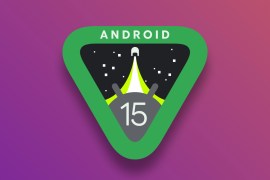The most iconic classic phones of all time
Our favourite mobiles from across the ages
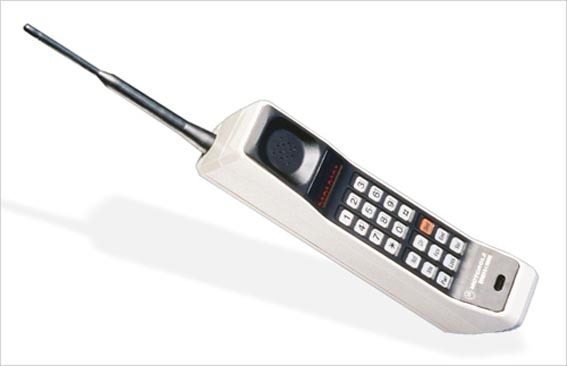
Putting together a list of the best classic phones ever isn’t an easy thing to do. There are so many that brought a feature to market that we now consider to be standard, while others just did the basics well. In the history of the mobile phone and its offspring the smartphone we’ve seen a great deal of innovation, as electronic complexity has progressed and phone makers have become more savvy about not only what people want, but what they can sell them too.
So while these phones clearly aren’t the best now, they were significant in their time, and are the ones you’d want if you were suddenly to be whisked back in time. The best mobile phones ever, in no particular order, are…
Nokia 1011 (1992)
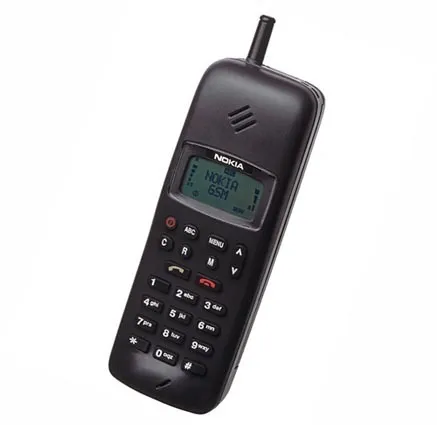
Yes, Motorola set the mobile ball rolling, but Nokia gave it real momentum with this, the first mass-produced GSM phone. It could receive text messages but not send them, and stored 99 numbers – so one each for the number of people you knew with mobiles and 98 for the rest of your friends.
Motorola StarTAC (1996)
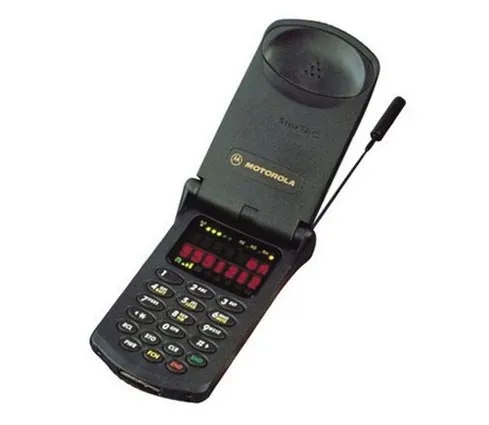
The StarTAC wasn’t just the first clamshell phone; it was the first cool phone. In the same way that the intrinsic coolness of the iPod fuelled the popularity of MP3 players, so the StarTAC’s jazzy design helped establish mobiles as a must-have.
Apple iPhone 3G (2008)
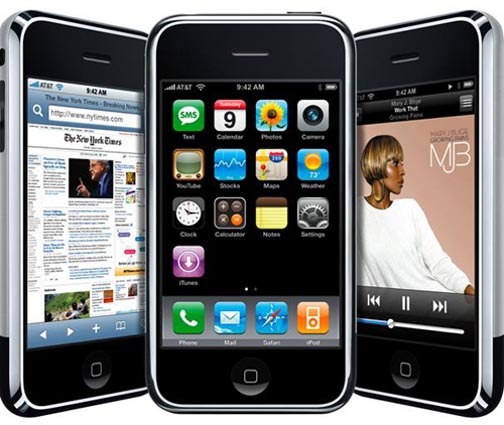
For all its wow, the original iPhone lacked the speedy on-the-go connectivity to make it truly world-changing. 3G was the fuel that finally launched the iPhone lineup into the smartphone stratosphere.
Nokia Lumia 930 (2014)
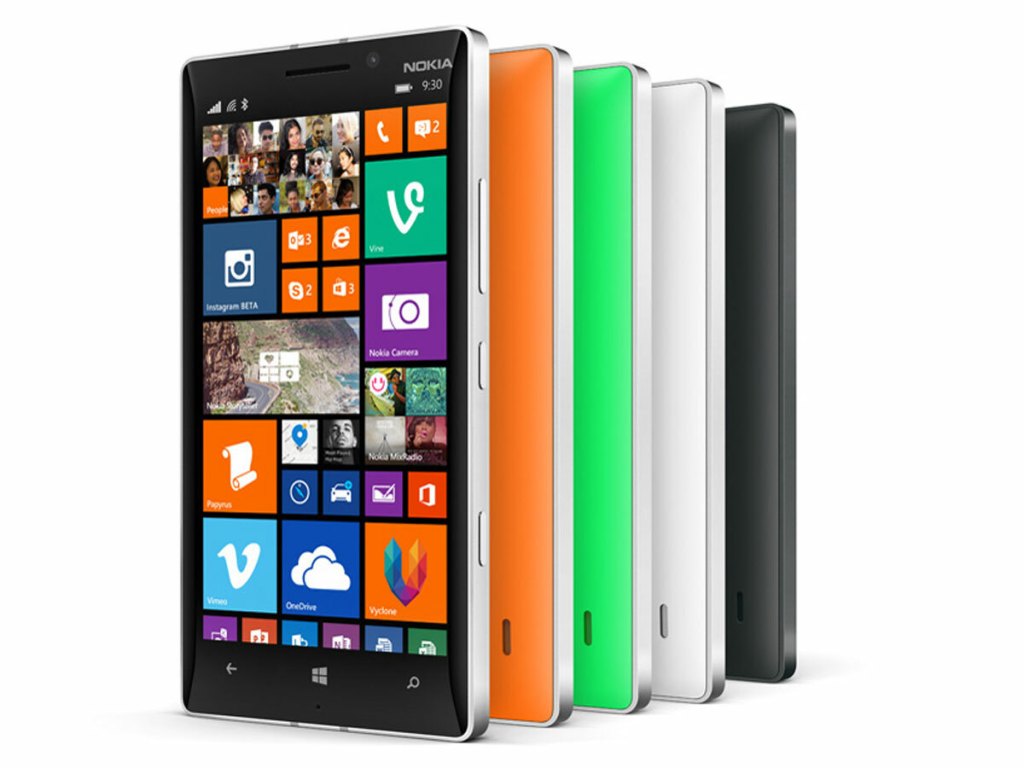
Windows phone! Yes, there used to be an alternative to Android and iOS, and it came from Microsoft – there’s a definite family resemblance between its home screen and the tiles of the Windows 8 or 10 Start screen/menu. Sadly, the OS was discontinued the year after the Lumia 930 was released, and this was the last Nokia-branded Lumia handset. However, it was the flagship model of its time, and featured a Snapdragon processor, 1080p touchscreen and 20MP camera, very much a template for the top-end Android phones of today.
Motorola DynaTAC 8000x (1983)
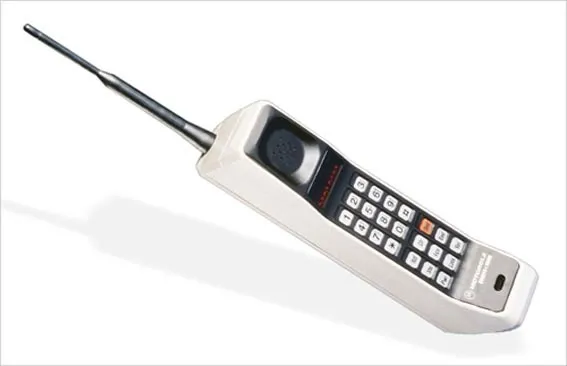
This is it – the mother of all mobile phones. Where would we be without the Motorola DynaTAC? Constantly in search of phonebooths and internet cafes, that’s where.
Nokia N70 (2005)
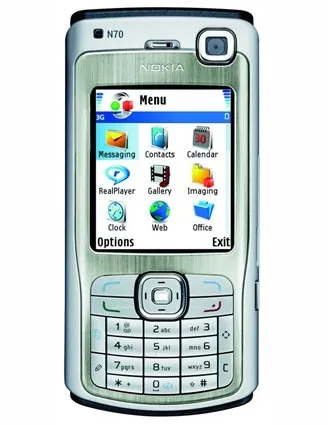
For anyone who’d rather tear their own eyeballs out than wrestle with Windows Mobile, the Nokia N70 was the ideal alternative. The speed of 3G combined with the versatility and usability of Symbian 8.1 and the S60 UI resulted in a pocket powerhouse.
Sony Ericsson W880i (2006)
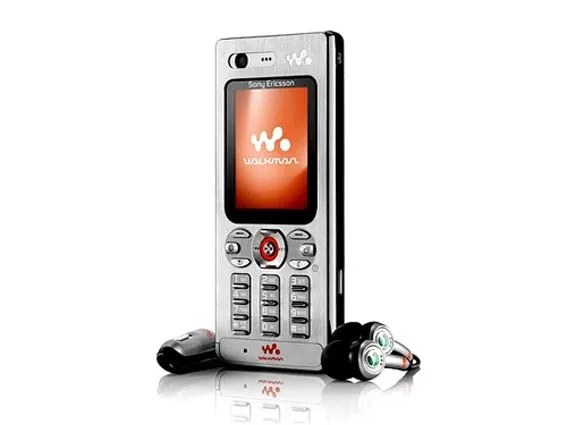
The W800 may have been Sony Ericsson’s first Walkman phone, but the W880i was the first one we coveted. Sleek, brushed-metal and great for playing music, it was a gadgety dream.
Motorola RAZR V3 (2004)
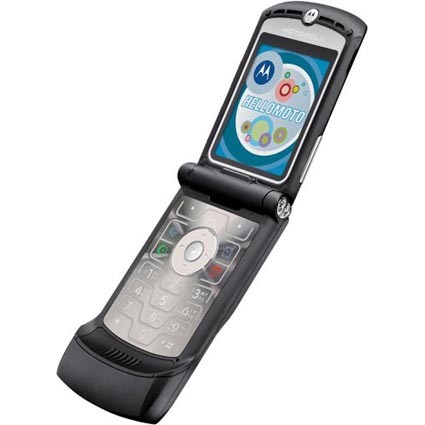
Originally intended to be a limited-edition premium phone, the RAZR’s demand became so great that eventually everybody had one, in one of the zillion colours it got released in while Moto milked its success. The phone itself was a pig to use, but boy was it a lovely object.
Sony Ericsson T610 (2003)
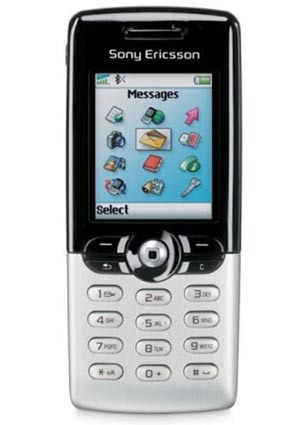
One of our all-time favourite candybar mobiles, the T610 was tiny yet classy. Despite its teensiness, it crammed in a camera and Bluetooth, while the nub-like joystick was great for games.
Nokia 8110 (1996)
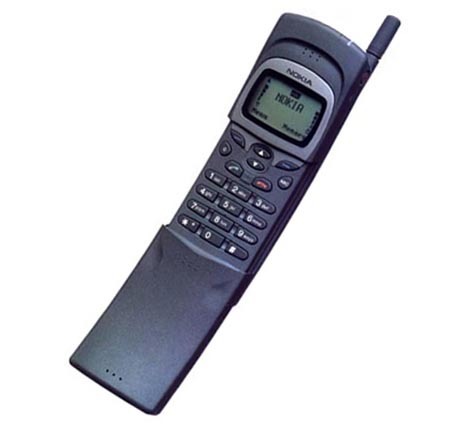
Yes, it’s the Matrix phone. After we’d watched Neo purposefully pop the slide down on his 8110, we all wanted one. Shame the spring-loaded slider was a custom addition to Keanu’s and we had to wait for the later 7110 before we could get a similar push-button slide action. Still, the 8110 looked far cooler – clearly one of the best classic phones ever.
Nokia N95 (2007)
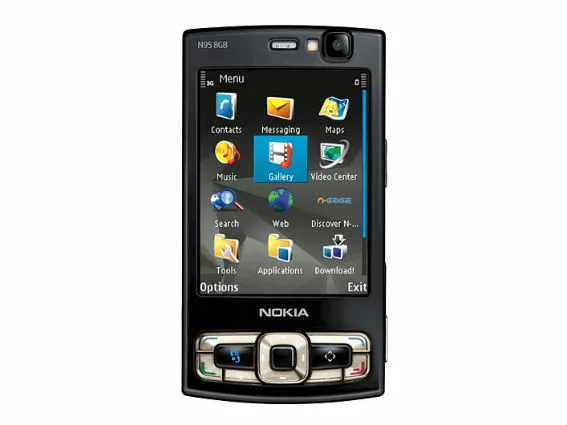
GPS, a 5MP camera, dual-sliding form factor, HSDPA and expandable storage via a MicroSD slot all added up to make a formidable device. If it weren’t for that dastardly iPhone redefining the smartphone genre, the Nokia N95 may have reigned supreme for years.
HTC Hero (2009)
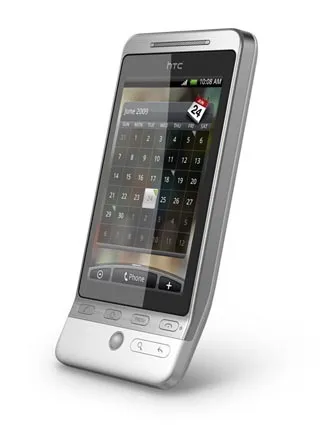
It wasn’t the first Android phone – that honour lies with the T-Mobile G1 – but the HTC Hero was the first to seem a real threat to the iPhone’s dominance. And that kick-out chin gave it some personality that’s largely been lacking in other Android handsets, even if it did draw comments about Jimmy Hill.
BlackBerry 7230 (2003)
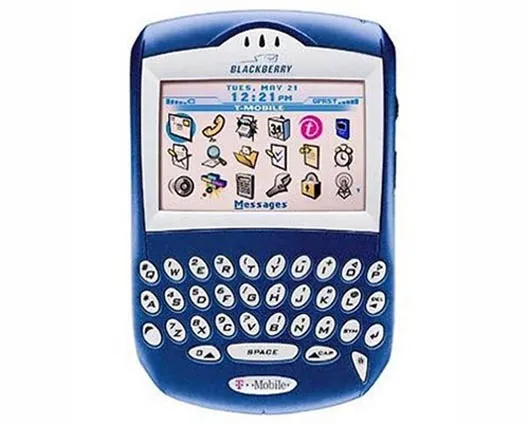
The so-called BlueBerry (any guesses why?) was the first colour-screened BlackBerry and the breakthrough that led to the CrackBerry addiction. Email was never to be a purely deskbound pursuit again.
Nokia 9300 (2005)
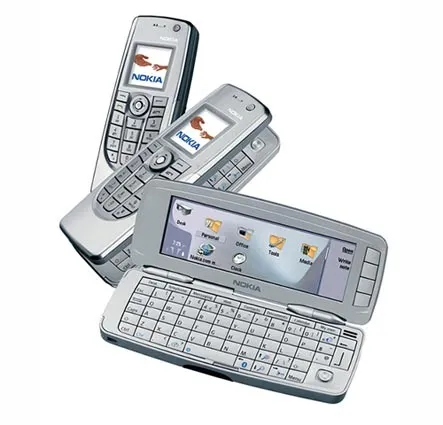
Sure the iPhone generation might laugh now, but those of us who used Nokia Communicators still yearn for a natural successor. It was as if someone had wedged a Psion organiser on the back of a dependable Nokia business mobile – and we mean that in a very good way. The 9300 may have been a cut-price 9500, but the reduced size also gave it the edge.
Samsung Galaxy S II (2011)
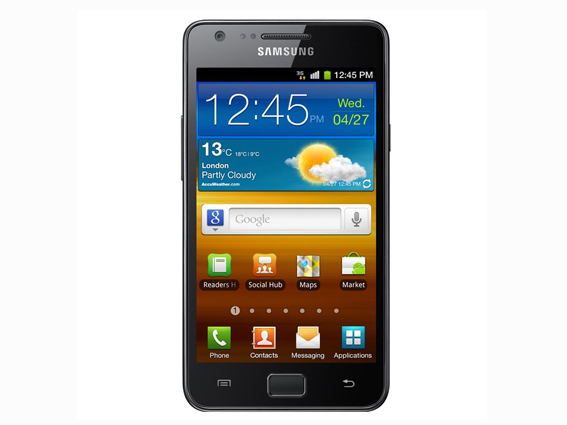
The best Android phone yet, with a simply amazing AMOLED screen and plenty of grunt. Make no mistake, if the Android Market were as good as the App Store, this would be the one handset to rule them all.
Sony Ericsson P800 (2002)
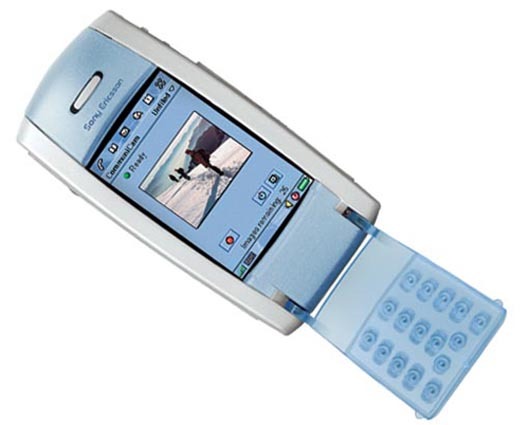
A mammoth smartphone, the P800 had a massive touchscreen as well as a traditional number pad that flipped across part of the screen. It was a giant among smarties, but also an impressive widescreen gaming handheld. Shame the subsequent P900 and P910 didn’t slim down to keep the P-series from sinking under the weight of their own blubber.
Samsung SGH-X820 (2006)
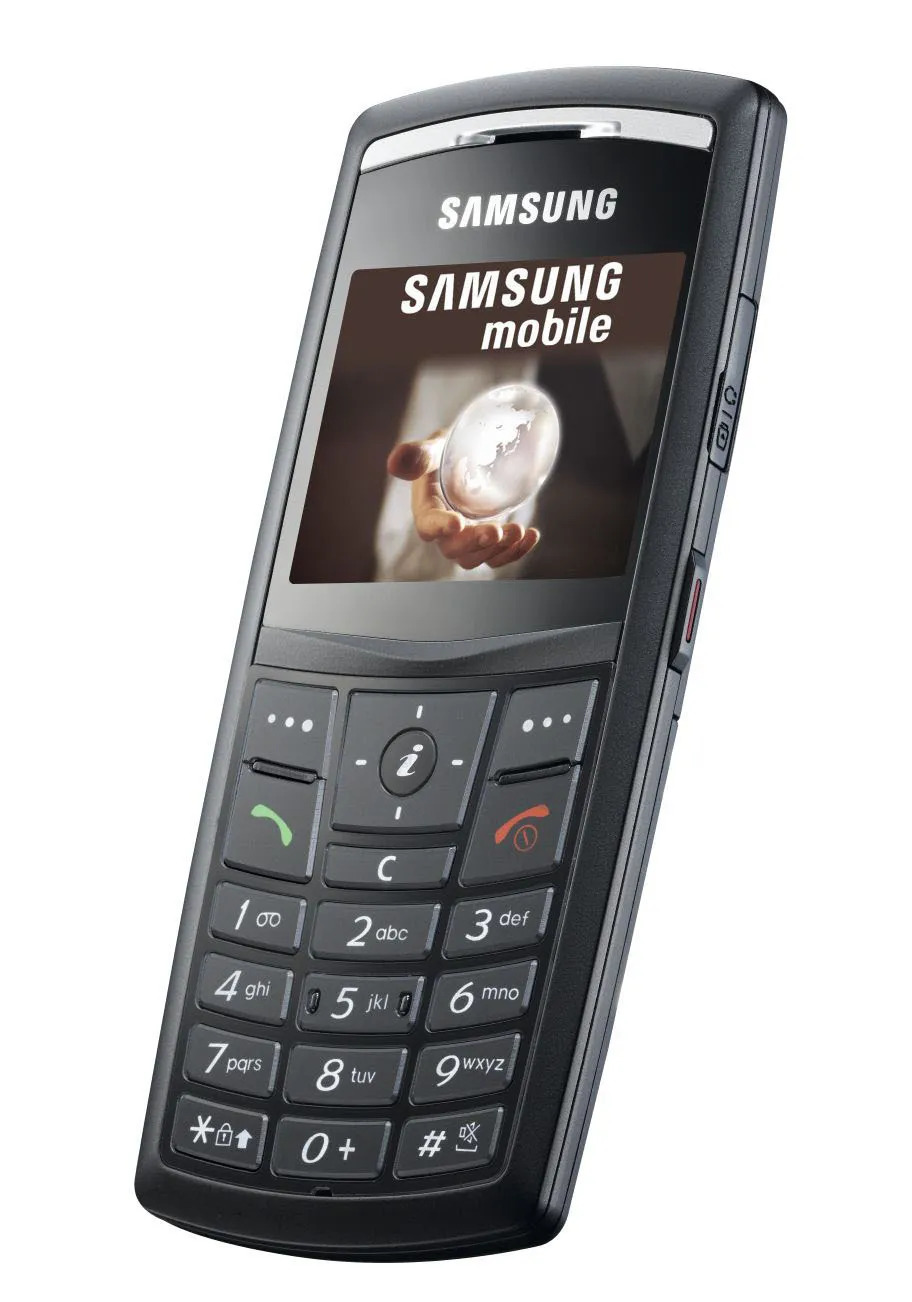
We still thought Christopher Biggins was just big boned before the X820 came along and redefined skinny. Every other handset suddenly seemed like a bloater on a diet of heavy batteries and surplus plastic.
Nokia 6300 (2007)
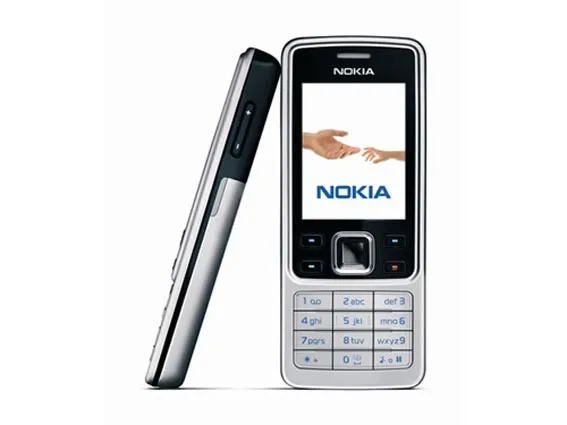
If anyone needed a reminder of how well Nokia made basic, anyone-can-use-it mobiles, the 6300 was the perfect example of the simple-phone art. Stylish, solid and superb.
BlackBerry Bold 9000 (2008)
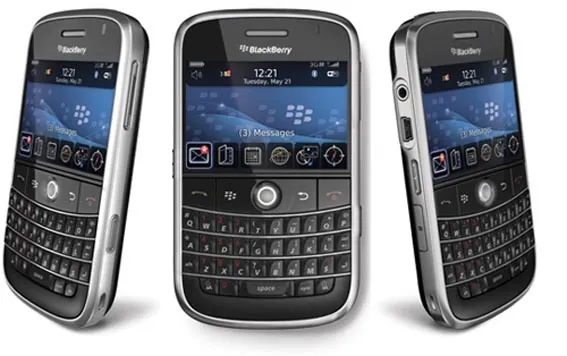
The 9000 was the ultimate evolution of the original BlackBerry, before they got all touchscreeny. The addition of 3G and a 2MP camera made it more friendly and less businessy.
Nokia 3210 (1999)
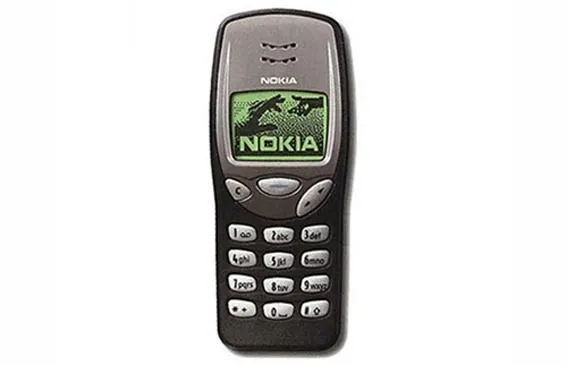
It was a toss-up between this and the 3310, but this mini gem left more of a lasting impression – and isn’t tainted by the memory of a million tacky Xpress-on covers. This was the phone that really brought Snake and T9 predictive texting to the masses. Possibly the most iconic classic phone of all time?
O2 XDA II Mini (2005)
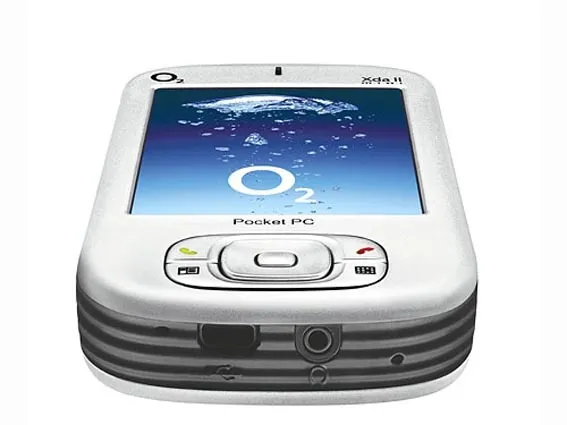
Also known as the i-mate JAM, this was one of HTC’s finest Windows Mobile devices and an awe-inspiring exercise in miniaturisation.
Sony Ericsson K800i (2006)
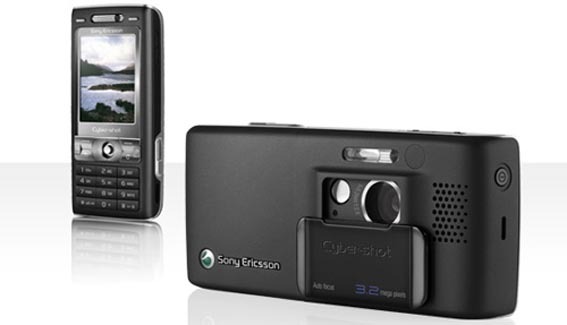
Before this Cyber-shot mobile winked its shutter at us, we didn’t take camera-phones that seriously. Sure they were okay for silly snaps, but you wouldn’t capture important memories on them. A 3.2MP sensor, sliding lens cover and proper Xenon flash meant this was as much camera as phone.
Orange SPV C500 (2004)
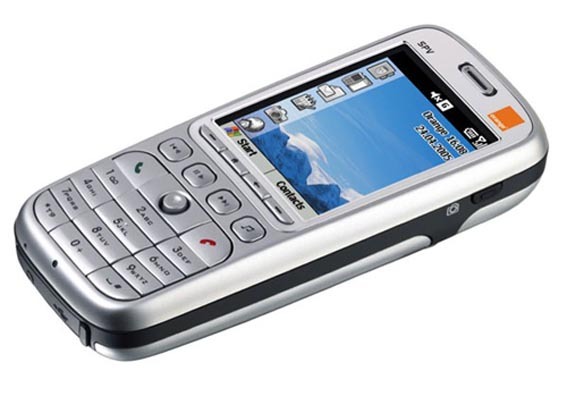
Also known as the HTC Typhoon and T-Mobile SDA, among other things. This WinMob smartphone was the Nokia N95 of its day, offering so much power that it gained the admiration of geeks everywhere.
Nokia 6310i (2002)
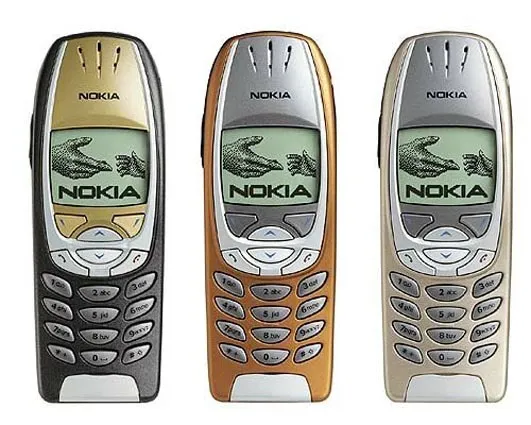
The 6310i wasn’t about features or wow; it was the paramount business phone because it was super-reliable and had a battery that needed charging less frequently than new series of Big Brother would roll round.
Sony CMD-Z5 (2000)
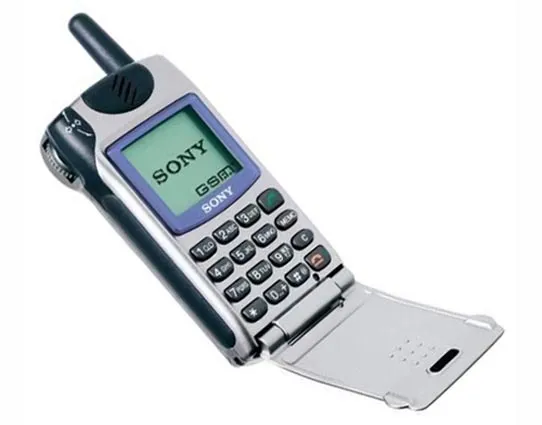
Before Sony joined forces with Ericsson, it was already making some of the tastiest handsets around. This ickle flipper was the best of them, and featured a handy side-mounted jog dial for scrolling menus and, more importantly, playing the built-in fishing game.
T-Mobile Sidekick 2 (2004)
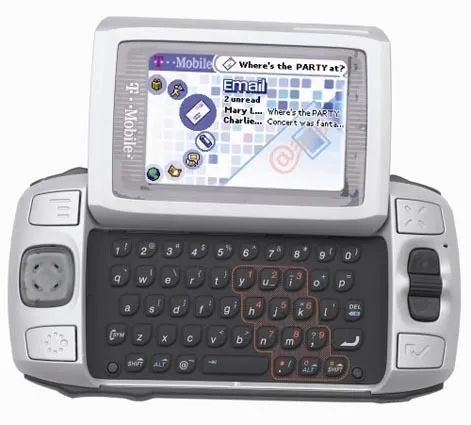
BlackBerry might be the king of mobile email, but for a time the Sidekick was the queen. Also known by the ridiculous moniker of Danger Hiptop2, the Sidekick 2 relied on cloud data storage and became popular for its excellent Qwerty keypad and easily scrollable messages. Paris Hilton’s Sidekick 2 famously had its address book hacked, and problems with the cloud service doomed later models.
- Read more: Apple iPhone 15 Pro Max review


